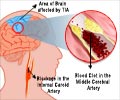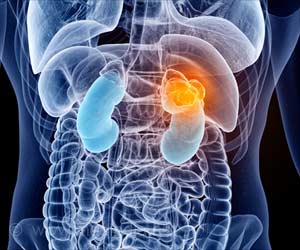New guidelines released by the American Heart Association recommend that patients of ischemic stroke should also receive a clot-busting drug within 4-5 hours after their symptoms start.

During an acute stroke, physicians must quickly evaluate and diagnose the patient as soon as possible to determine if patients are eligible to receive the clot-dissolving drug recombinant tissue plasminogen activator (tPA), which must be given 4.5 hours within hours of symptom onset. The goal is to minimize "door to needle" time which provides the patient with the best opportunity for benefit from the treatment.
"tPA can now be considered for a larger group of patients, including some those who present up to 4.5 hours from stroke onset," said Edward Jauch, M.D., lead author of the guidelines and director of the Division of Emergency Medicine at the Medical University of South Carolina.
The new guidelines recommend integrating regional networks of comprehensive stroke centers (which offer 24/7, highly specialized treatment for all types of stroke); primary stroke centers (which provide 24/7 specialized care mainly for ischemic stroke); and acute stroke-ready hospitals (which can evaluate and treat most strokes but lack highly specialized capabilities), and community hospitals.
"This is the first time we've brought these healthcare elements together --, including community hospitals which may lack onsite stroke expertise, which reflects the emerging role of telemedicine in these hospitals," Jauch said.
Source-ANI














